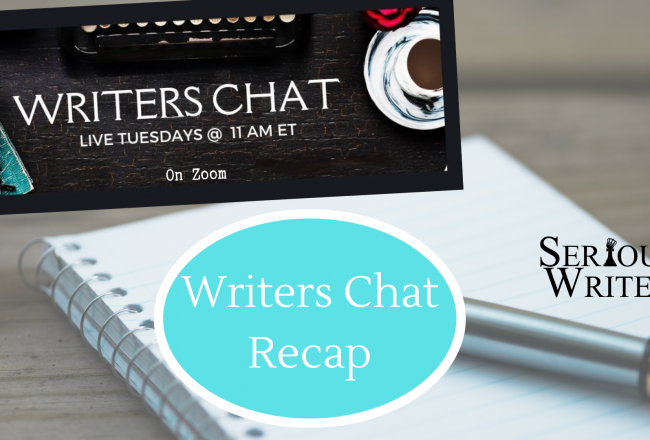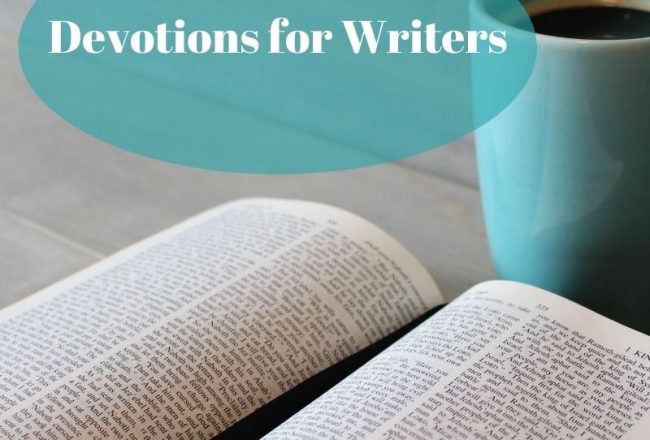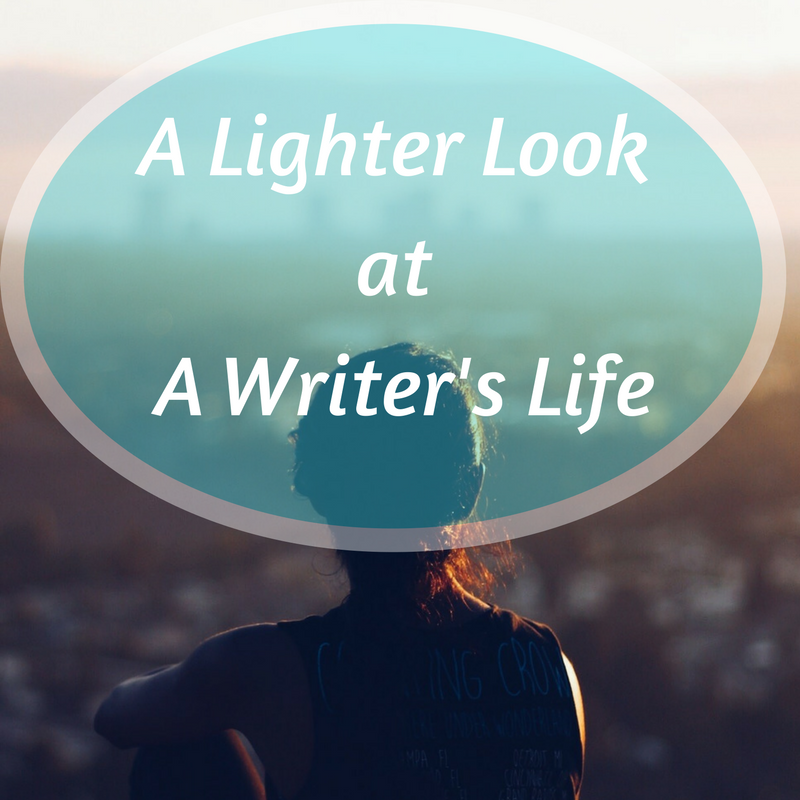
Writers Up!
I always have the first Saturday in May marked on my calendar. Even though I have never been in…
June 6, 2024
I always have the first Saturday in May marked on my calendar. Even though I have never been in…
June 6, 2024
The motor roared to life when I put the key into the ignition, and I carefully backed out of…
June 3, 2024
Earlier this month I received feedback and critique on my latest screenplay from the professional screenwriting website which currently…
May 29, 2024
My books rarely keep their working titles. This may be because the title wasn’t that great to start with,…
May 27, 2024
In the early days of my writing, I wondered if I should submit my material one at a time…
May 26, 2024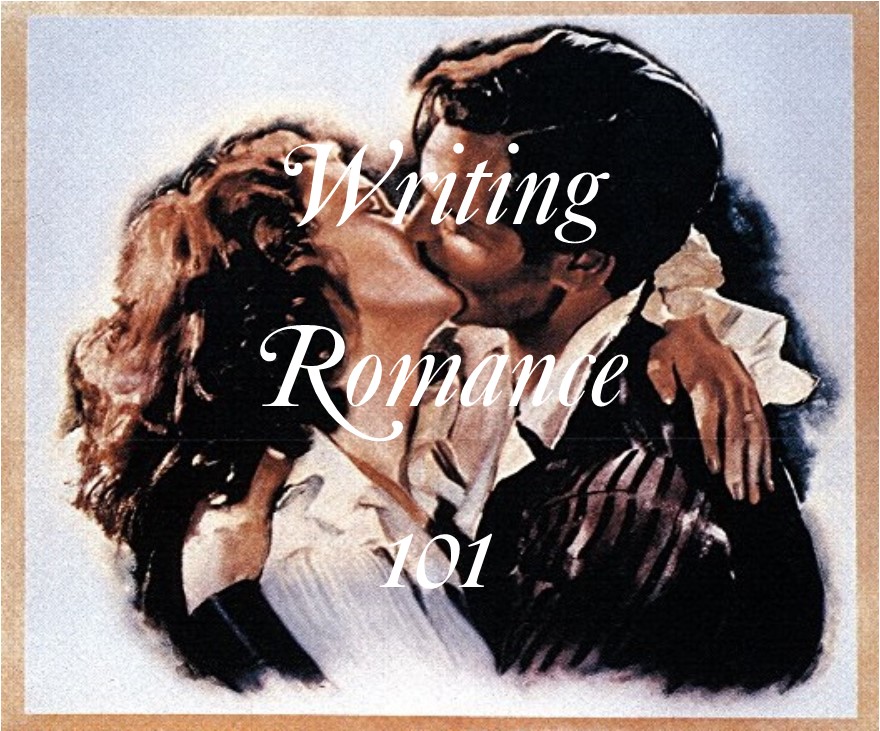
Plotter or Pantser? Or Plottser? Outline or just start writing? Index cards or story map? The Hero’s Journey or…
May 23, 2024
Ahhh! Breathe it in—the aroma of fresh ground coffee beans. What a delightful detail to enhance the scene in…
May 21, 2024
As an author, you probably dream of the day when you can write your next novel or poetry anthology…
May 20, 2024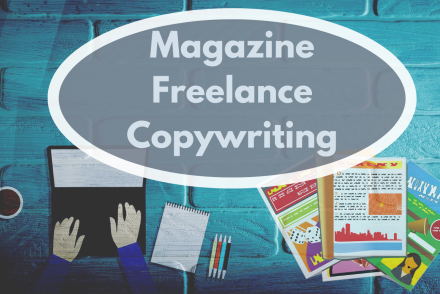
Book tours can be a fun and exciting part of the publishing experience. It’s not only a chance to…
May 14, 2024
This 3-part series focuses on growing your author platform in 2024, specifically, via an online community such as a…
May 13, 2024
The release date of my first book was etched in my mind. I eagerly shared the news, and excitement…
May 9, 2024
“So, tell me about your book.” What a great invitation – whether it is from family or friends or…
May 8, 2024
Imagine with me for a moment: it’s a Monday night, the last night before your Almost An Author deadline…
May 6, 2024
Wrapping up our Zoom call, my friend and I double checked our lists. The last hour and a half-included…
May 4, 2024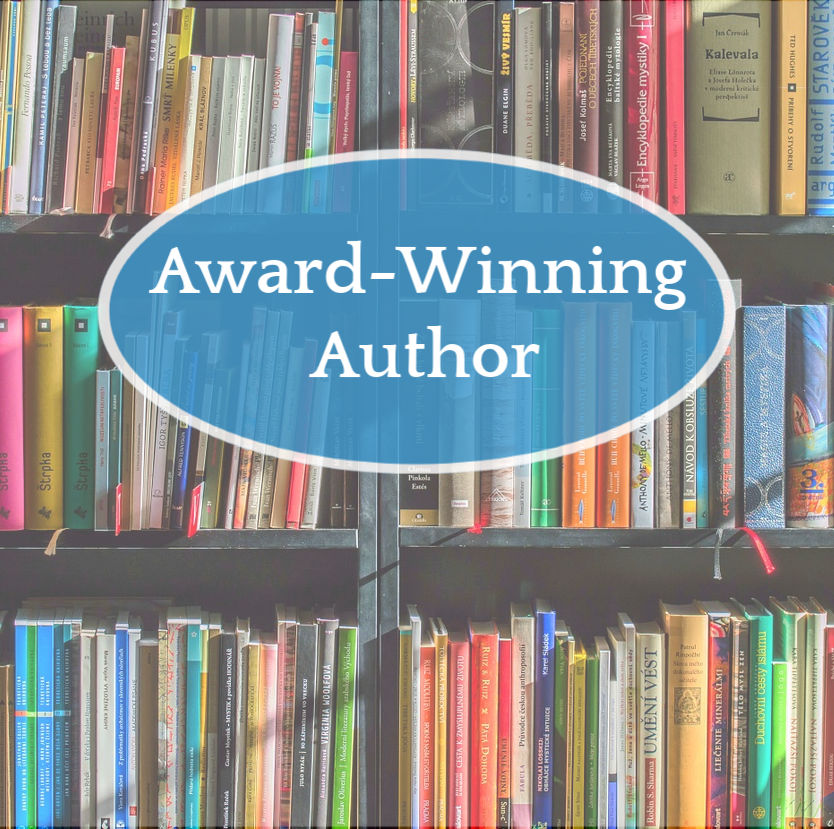
Can you share a little about your recent book? In Yukon Wilderness Evidence,forensic botanist, Dr. Keeley Ash, is called…
May 1, 2024
Like most people, I was saddened to hear the news about the passing of Christian recording artist Mandisa. She…
April 30, 2024
Young adult author Michelle Dykman isn’t afraid to tackle tough subject in her young adult novels. Her three book…
April 27, 2024
One of the biggest errors I see with book proposals is the author has put little or no effort…
April 25, 2024
Medical scenes can be a great way to explore the natural drama of life. These types of events frequently…
April 14, 2024
Your book is launching in 6 months. Reviewing your email list, you see 37 active subscribers (people who currently…
April 12, 2024
Has this happened to you? You are introduced to someone new as a children’s author. Response: “I have an…
April 8, 2024
I teach Public Speaking to college and high school students, and one thing we talk about is “Shared Meaning.”…
April 7, 2024
My time has not yet come. Jesus [John 2:4 9 (NIV)] A wedding launched Jesus’ ministry. His mom was…
April 3, 2024
Can you share a little about your recent books? I had the privilege of being part of two anthologies.…
April 2, 2024
Writers Chat, hosted by Johnnie Alexander, Brandy Brow, and Melissa Stroh is the show where we talk about all…
March 31, 2024


